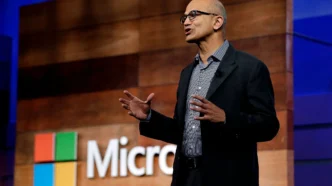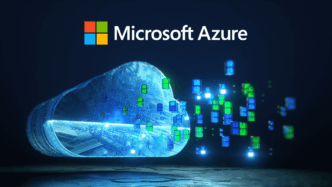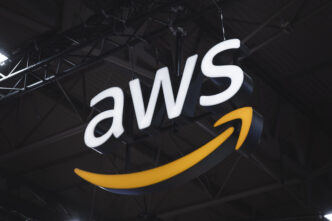At Build 2025, Microsoft unveiled Windows AI Foundry, a unified platform aimed at simplifying the development of AI-powered apps on Windows devices. The new initiative rebrands and significantly expands the Windows Copilot Runtime first introduced in May 2024—marking a strategic push to turn local AI development into a core pillar of the Windows ecosystem.
Windows AI Foundry offers developers a streamlined way to fine-tune, optimize, and deploy AI models directly on Windows-powered machines. By making AI tooling more accessible, Microsoft hopes to create a thriving ecosystem of AI-enhanced applications—anchored firmly to its operating system.
A Developer-Focused Bet on Local AI
Even though Microsoft doesn’t profit directly from third-party AI apps on Windows, the company sees massive strategic value in enabling them. As AI adoption accelerates, a rich marketplace of AI-native desktop apps could give Windows a distinct edge over competing platforms like macOS and Linux.
According to Microsoft’s press release, Windows AI Foundry can automatically scan a device’s hardware configuration—including CPU, GPU, and NPU—and install the right components to run selected AI models. As new devices launch, Foundry will continue to optimize and update those components automatically, reducing friction for developers targeting a broad range of hardware.
One of the platform’s most promising components is Foundry Local, a toolkit that brings AI model execution directly to end-user devices. Foundry Local supports both Windows and macOS, and runs on top of ONNX Runtime—Microsoft’s open-source engine for cross-platform AI acceleration.
Developers can use a built-in command-line interface to interact with models using simple prompts like foundry model list or foundry model run, making testing and deployment intuitive and hardware-aware.
Foundry Local also includes an SDK, which allows developers to embed AI model capabilities directly into their applications with minimal setup. By detecting local compute resources and recommending compatible models, the platform effectively lowers the barrier for building performant, on-device AI experiences.
Building the AI-Powered Windows Ecosystem
This launch is part of Microsoft’s broader vision to make AI ubiquitous across its platforms. CEO Satya Nadella recently revealed that Microsoft’s AI business is now generating $13 billion in annualized revenue, with much of that tied to its deep partnership with OpenAI. But beyond the cloud, local AI development represents a growing frontier—and Windows AI Foundry puts Microsoft at the center of that shift.
With tools like Foundry Local and automatic hardware-model pairing, Microsoft is empowering developers to build AI-powered applications that are faster, more secure, and less reliant on cloud APIs. And in doing so, it’s laying the groundwork for a new generation of Windows-native intelligence.













